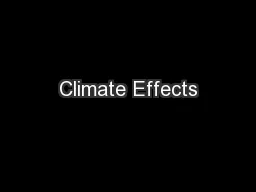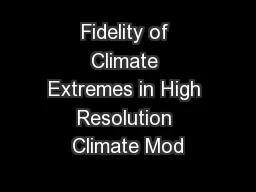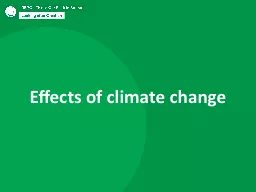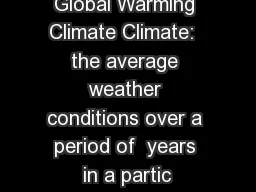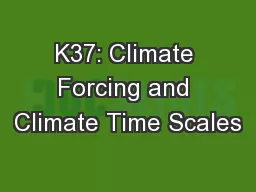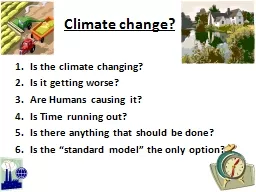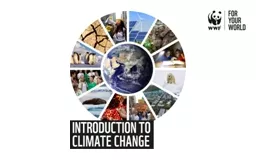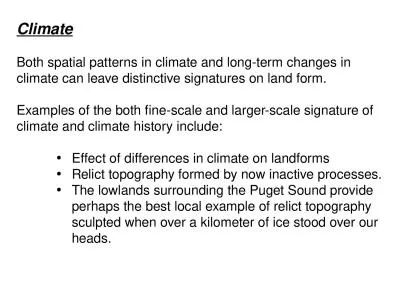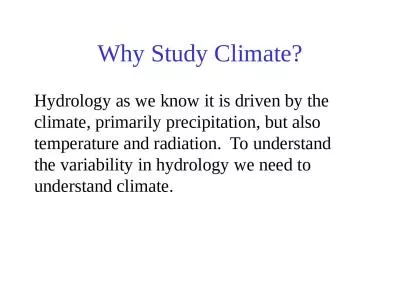PPT-Climate Effects
Author : cheryl-pisano | Published Date : 2016-10-29
IAFNR Plant and Soil Sciences Module Tolerating Climate Plants vary in their ability to tolerate temperature differences and changes Each plant has an optimum temperature
Presentation Embed Code
Download Presentation
Download Presentation The PPT/PDF document "Climate Effects" is the property of its rightful owner. Permission is granted to download and print the materials on this website for personal, non-commercial use only, and to display it on your personal computer provided you do not modify the materials and that you retain all copyright notices contained in the materials. By downloading content from our website, you accept the terms of this agreement.
Climate Effects: Transcript
Download Rules Of Document
"Climate Effects"The content belongs to its owner. You may download and print it for personal use, without modification, and keep all copyright notices. By downloading, you agree to these terms.
Related Documents

